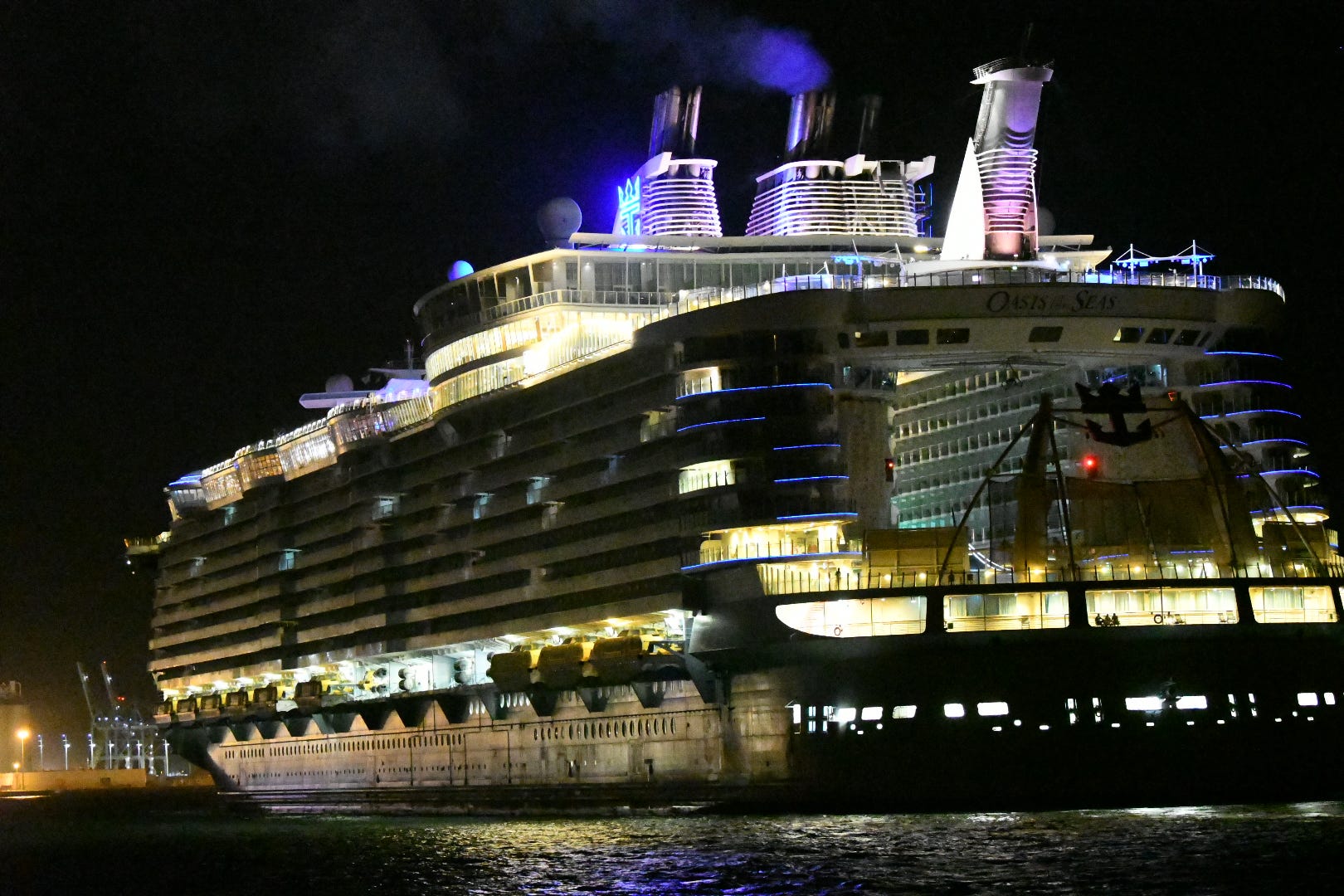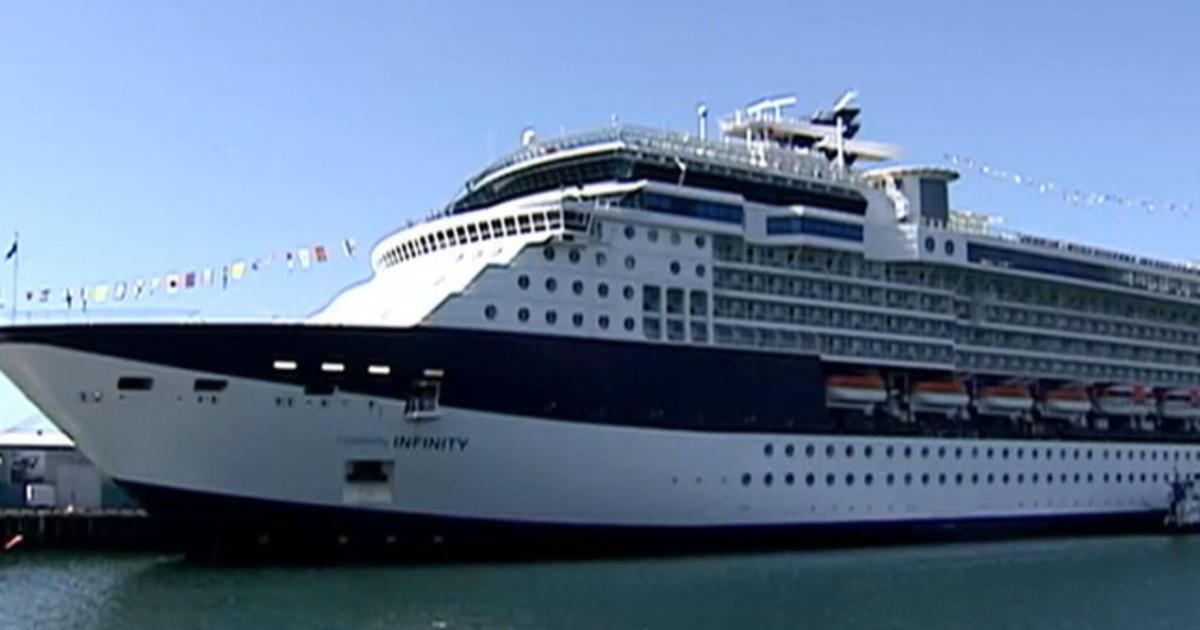Table Of Content

This leads you to have stomach pain, nausea, and diarrhea and to throw up. So far, cruise lines have reported 13 separate norovirus outbreaks to the CDC through the six months ending in June. It’s the most number of reported norovirus outbreaks on cruise ships since 2012, when there were 16. In the first six months ending in June, cruise lines have reported 13 separate outbreaks to the CDC. It’s the most number of reported norovirus outbreaks on cruise ships since 2012.
Norovirus Cases On Cruise Ships Skyrocket: Here’s Why—And How To Avoid Getting Sick
That said, the chances of catching the bug on a cruise ship aren’t particularly high. According to the Cruise Lines Industry Association, the risk each year of getting laboratory-confirmed norovirus during a ship outbreak is about 1 in 5,500. Over half of all cases originate in long-term health care facilities, according to the CDC, while less than 1 percent of all norovirus cases come from cruise ships. The design and operation of cruise ships often involve large groups of people living in close proximity, sharing dining areas, entertainment spaces, and public restrooms. This makes it easy for norovirus to spread rapidly from person to person.
Illness outbreaks on cruise ships (annual statistics)
This step helps them minimize the risk of spreading the disease to others. Norovirus is the most common cause of gastroenteritis and foodborne illness. Though people often call it the “stomach flu,” it has nothing to do with flu, Brian Labus, PhD, MPH, REHS, an expert in infectious diseases, told Health. Cruise lines have had to invest heavily in cleaning and sanitation protocols, disease detection methods, and passenger education to combat the threat of norovirus. In many instances, outbreaks have led to public relations challenges, decreased passenger satisfaction, and financial losses due to trip cancellations and medical costs.
How common is norovirus on cruise ships? Here’s why you shouldn’t worry
"MSC Cruises rigorously adheres to health protocols, and the results of this inspection do not reflect the brand's high standards," the person added. Instead of serving yourself a gloved crew member will do it for you,” said Chiron. Be sure to read your contract -- on the back of your cruise documents or ticket -- very carefully. The United States is not alone in this increase in norovirus cases.
When a single case of norovirus appears on a cruise ship, it can quickly become an outbreak affecting hundreds or even thousands of people. This can happen incredibly quickly due to the confined nature of a cruise ship and the frequency of close interactions among passengers and crew. Norovirus is often referred to as a "stomach bug" or "stomach flu" (although it is not a form of flu).
Major (in some cases epidemic) illness outbreaks are among the "biggies" that can bring down the brand's reputation on the market. Cruise illness issues often result in lower booking rates and cheaper prices - which is bad for the business. Obviously, the first thing is to go to the ship's infirmary (medical center) and contact the doctor. You should drink plenty of water as dehydration is a side-effect of the illness. A few years ago an experimental Norovirus vaccine (applied as nasal spray) was developed by the "Center for Infectious Diseases and Vaccinology" (Arizona State University). Norovirus cases have spiked across the United States this year, which some experts say is the result of ending COVID-19 restrictions.
Norovirus is a highly contagious virus that causes acute gastroenteritis, which is inflammation in the stomach or intestines, according to the CDC. Health officials say norovirus is the most common cause of vomiting and diarrhea as well as the most common type of foodborne illness. Norovirus outbreaks spiked on cruise ships this year, with data showing more outbreaks happened between January and June than over the course of any other full calendar year in the last decade. Thirteen norovirus outbreaks have been reported on cruises so far in 2023, according to the U.S. Centers for Disease Control and Prevention, which keeps a record of annual case counts dating back to 1994.
Why are there so many cruise norovirus reports on the news?
Royal Caribbean offered a full refund to passengers on an Oasis of the Seas sailing that returned to its homeport early due to a Norovirus outbreak onboard. Regardless, because of the media attention reports of the virus on cruise ships attract, Royal Caribbean Group took action to mitigate cases. They ask passengers who feel ill during their cruises to report symptoms to the medical center and keep themselves isolated in their cabins. Norovirus is highly contagious and can spread directly through sick people and contaminated surfaces, food, or drinks. There are no internationally specified regulations governing ship infirmaries and medical staffing. Each company has its own standards provided for its passengers' healthcare.
Norovirus symptoms and treatment
According to the CDC, norovirus is the leading cause of vomiting, diarrhea, and foodborne illness in the United States. Cruise ships in particular have many of the conditions that make people susceptible to norovirus—close quarters, enclosed spaces, communal dining, and high turnover of passengers. The exact cause for the increase in the number of norovirus cases is not clear, but the increasing demand for cruises could be one explanation for the rise in reported cases, said Labus. Studies have shown that norovirus can continue to spread for two weeks or more after an infected person stops having symptoms of the illness, according to the CDC.
The most recent norovirus outbreak was reported on the Viking Neptune cruise ship. During its June 6 to June 20 voyage, 110 of the ship’s 838 passengers, or 13.1 percent, were infected. The bug thrives in crowded conditions and is spread through food and by touching contaminated surfaces. The easiest way to avoid the ailment is to wash your hands with soap and water after using the bathroom, before eating and after touching surfaces touched by others.
That means data for norovirus on cruise ships is more readily available than for other entities. It's easy to make norovirus case numbers sound alarming, but context matters. For example, 100 cases on a single ship might seem like a lot, but on a vessel like Oasis of the Seas, which carries more than 5,400 passengers, 100 cases are only about 2% of the onboard population. "Health officials track illness on cruise ships. So outbreaks are found and reported more quickly on a cruise ship than on land," reads the CDC's facts page.
These models helped visualize continued norovirus transmission and sources of potential exposure (e.g., contaminated surfaces in cabins of persons with AGE and high-touch surfaces in common areas). The Vessel Sanitation Program (VSP) requires cruise ships to log and report the number of passengers and crew who say they have symptoms of gastrointestinal illness. Learn more about illnesses and outbreaks reported to VSP and find information about outbreaks of gastrointestinal illness on cruise ships. The CDC's "Vessel Sanitation Program" is for monitoring illness outbreaks on passenger ships carrying 100 or more guests on sailings from 3 to 21 days in length. This is done 24 hrs prior to arrival at any US port of call from a foreign port. This protocol only confirms that the CDC knows everything about it.

If you'd like to check out the outbreak information, you can find a detailed list of ships that have had acute gastroenteritis outbreaks (many of which were caused by norovirus), listed by year, about halfway down the CDC's outbreak page. In cases of severe emergencies, passengers with life-threatening illnesses or injuries are evacuated off the ship - either by boat (if in or near seaport) or by rescue helicopter dispatched from nearest coast guard or other station. In some cases, nearby ships with better medical facilities may assist. Some cruise lines offer hand-sanitizer dispensers near the ship's restaurants, Lido/pool deck areas and other more crowded public spaces in their effort to keep a lid on sickness outbreaks.
Royal Caribbean shares huge onboard health and safety news - TheStreet
Royal Caribbean shares huge onboard health and safety news.
Posted: Mon, 22 Apr 2024 17:04:15 GMT [source]
▪ Norovirus is the “leading cause of vomiting and diarrhea and food-borne illness in the United States,” with more than 2,500 norovirus outbreaks reported every year, according to the CDC. While there have been 13 outbreaks of norovirus on cruise ships this year, Labus explained that not every cruise passenger is going to be exposed to the virus. Still, taking certain steps to prevent the likelihood of getting sick is never a bad idea. What’s more, the CDC has established a rigorous Vessel Sanitation Program (VSP) to help prevent the overall spread of illnesses on cruise ships.
In 2016, the number of reported illness outbreaks on cruise ships was 23. The total number of infected was 2504 (of those 2378 passengers and 126 crew). In 2017, the number of reported illness outbreaks on cruise ships was 21. The total number of infected was 2535 (of those 2450 passengers and 85 crew).
Shipboard medical service fees vary and are usually set by medical practitioners. In most cruise ship hospitals, some supplies and medications are provided to passengers and crew for free - like aspirin, seasickness pills, small bandages. Some of the world's most famous passenger ships are listed in the virus outbreak statistics, yet one hears so little of it in mass media news. And there is no surprise in that since the "cruise illness" news are nothing but bad publicity for the companies - which is bad for a prosperous multi-billion dollar sea travel vacation business. All major cruise line companies will do their best to keep quiet about virus outbreaks on their ships. There are passenger testimonials about quarantined ships and how badly guests have been treated by the line.

No comments:
Post a Comment